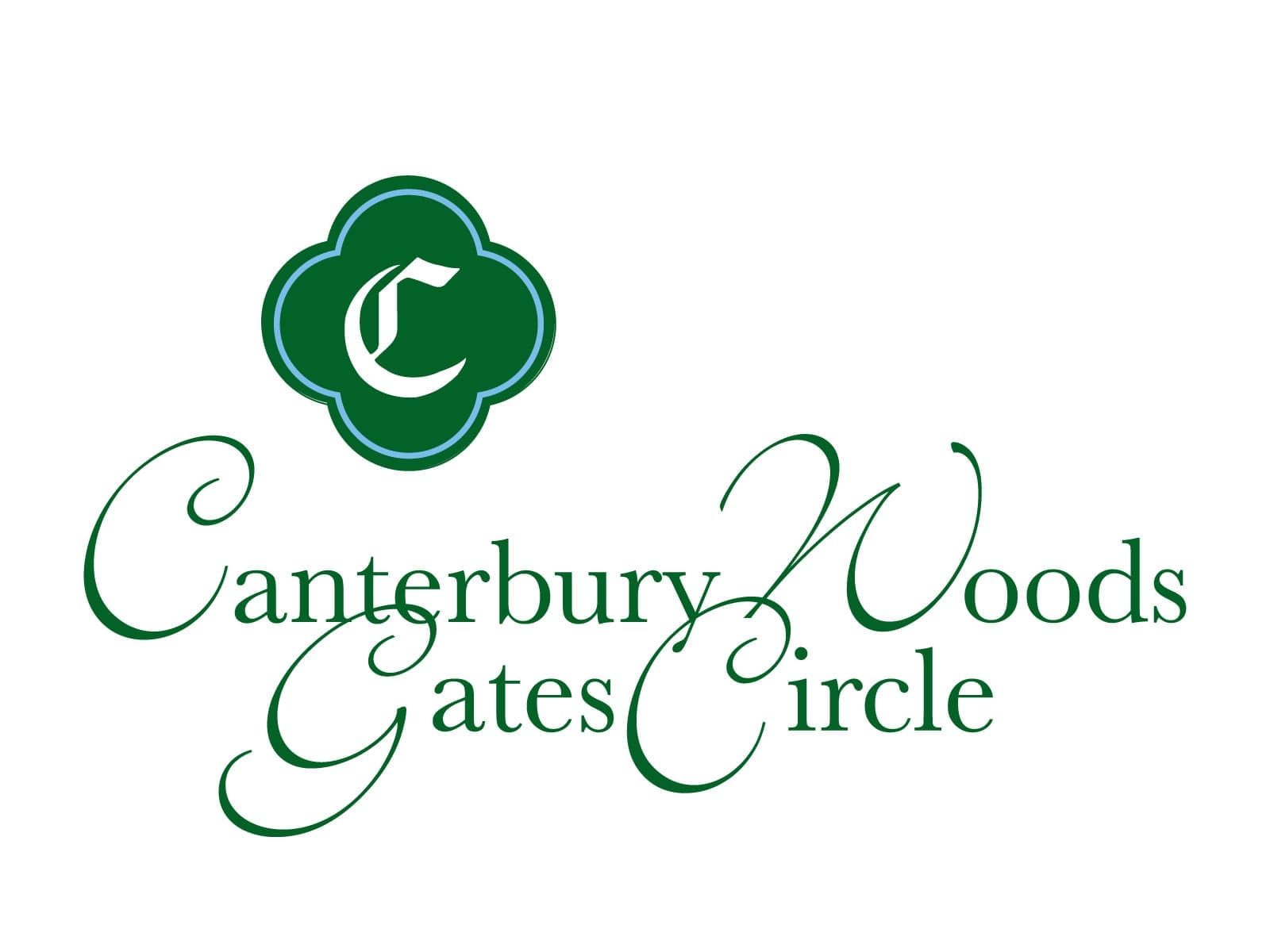The good news is that you can grow everything from food to roses on your terrace! Container gardening is just as satisfying as tending garden plots and takes a lot less work. Even if you’re a novice gardener, you might want to consider container gardening in decorative pots that enhance the beauty of your terrace. Pots overflowing with veggies, herbs and flowers are convenient and appealing. You can even grow small trees and other plants that can spend the winter indoors and move back outside in the spring. Here are some basic steps for starting a container garden.
First, of course, you’ll need containers. You can purchase gorgeous ceramic, clay, terra cotta or plastic and fiberglass pots at your local garden center, but the kind of container you use is limited only by your imagination. Anything from half barrels to bowls can be used, as long as you poke holes in the bottom for drainage. You’ll also want to find trays or shallow plastic dishes to catch the overflow and protect your terrace. When planning your container garden, check with your facilities manager to be sure your terrace can support its weight. Plastic and fiberglass pots are much lighter than clay pots, and many look just like their ceramic counterparts. You can also find plant stands with wheels so you can easily turn your containers or move them.
You’ll want to invest in good quality of potting soil to fill your pots and give your plants the best start. Check with your garden center for the type of soil that’s best for the veggies you want to grow.
Once you’ve gathered your pots and filled them with soil, it’s time to start planting!
Many container gardeners like to start by growing salad ingredients. There’s nothing like the taste of a freshly picked tomato on a hot summer day! Varieties like Husky Cherry Red, Patio and Bush Early Girl do well in pots. Just be sure your pot is large enough and that you provide support for the plant with a cage or stakes wired together in a teepee shape.
Plant tomatoes, lettuce, Swiss chard and herbs like basil, dill and cilantro in nearby pots for an attractive grouping. All herbs and greens grow well in pots. If you buy seedlings, you can begin harvesting right away. Pinch off a sprig of rosemary to season your lamb chops. Or sprinkle chopped, fresh basil on top of a pasta dish for a burst of flavor.
Pots planted with collards, mustard, chard and red and green lettuce can be enhanced with flowers. If you pick the outer leaves first, you’ll be able to harvest fresh greens all season long. Greens like cool weather, so you can plant early and plant a second crop toward the end of the season into fall. Peas can be planted in early spring as well.
Most other veggies like eggplant, peppers, beets, cabbage, cucumbers, zucchini, squash, carrots and potatoes, and even fruits like strawberries and blueberries can be grown in pots. Squash and cucumbers will trail over the sides of your pots, or you can train them to climb up a trellis.
Potted veggies and flowers do take a lot of water, so you’ll need to check the soil daily. Some plants like more moisture than others, so ask at your garden center or check online for your plants’ requirements. All plants will suffer if you overwater them or let the soil get too dry. You can buy an inexpensive moisture meter to measure the water content of your pots. Many container gardeners like to water plants by hand with a watering can, but you can also find drip irrigation systems for container gardens.
Maintaining your container garden is easy and fun! You’ll want to use a good, organic fertilizer every couple of weeks or so. Grooming your plants regularly by removing tattered leaves and deadheading spent flowers will keep your pots looking great. Container plantings are less susceptible to pests than in-ground gardens, but watch for aphids, which look like little white spots, spider mites and powdery mildew. If you see them, treat your plants with insecticidal soap that’s made for edible plants.
There’s lots of information on the internet about growing and maintaining container gardens. Here are a few sites to get you started: www.almanac.com, www.goodhousekeeping.com and www.bhg.com.
If you’re the type of gardener who loves to get your hands in the dirt, there’s another alternative to container gardening. Sprinkled throughout Buffalo are community gardens where neighbors get together to grow food and flowers both for harvesting and to beautify their neighborhoods.
Grassroots Gardens of Buffalo helps residents create and maintain community gardens on vacant properties throughout the city. Started in 1992 by a longtime Buffalo resident and businessman J. Milton Zeckhauser, there are now more than 90 community gardens on 100 vacant lots and even a few rooftops. They’re great places to make new friends who share your interest in the miracle of bringing forth food and gorgeous flowers from the earth. Food is grown in raised beds, which makes caring for the gardens easier on older gardeners’ backs.
The Atlantic West Utica Garden at 44 West Utica St. is close to Gates Circle. The Atlantic West Utica Block Club runs this garden on West Utica between Elmwood and Delaware. If you’d like to find out more about community gardening, visit Grassroots Gardens of Buffalo.
And for more information about Buffalo’s newest and best retirement living choice, click here or call 716.929.5811.



